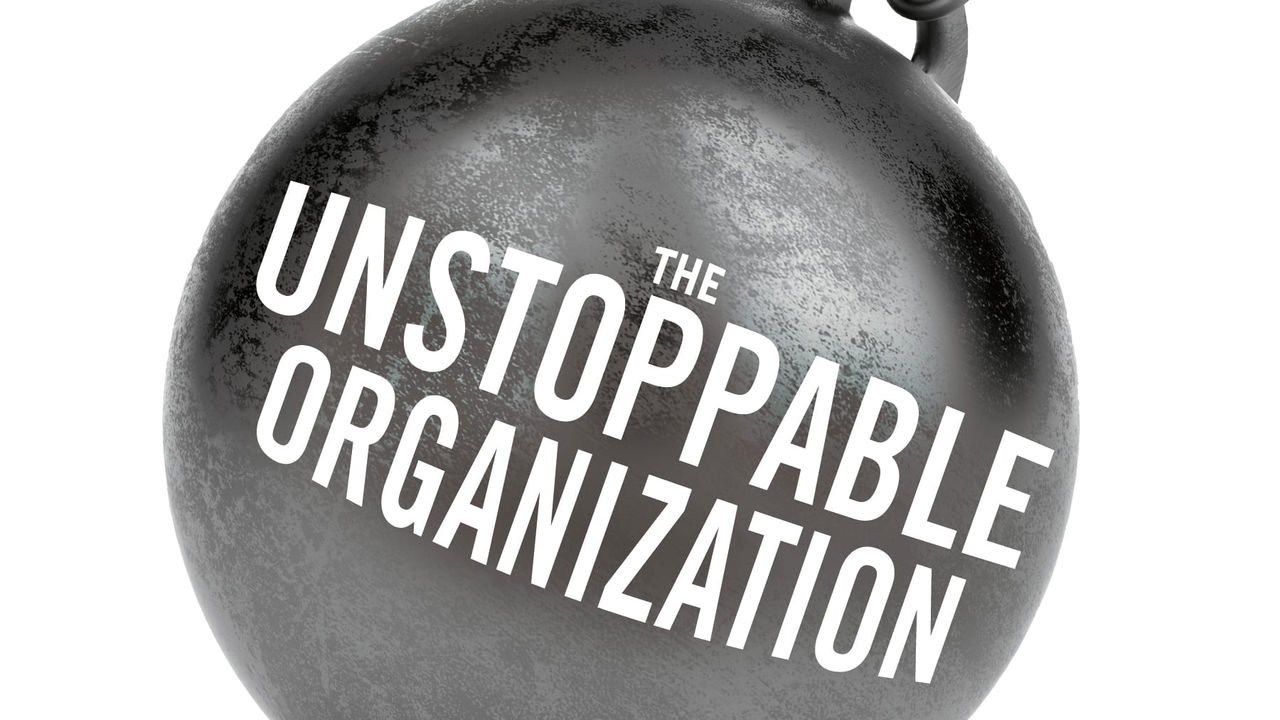When faced with the challenge of improving employee engagement, most HR professionals need to determine how they will measure the return on their efforts. This is especially true when attempting to convince executives and leaders across the organization of the need to invest time and, in many instances, company resources into increasing employee engagement. When I've discussed the idea of improving employee engagement with many CEOs, it seems that most understand why it is important, yet their organizations struggle with creating a quantifiable return on investment.
In my interviews and discussions with dozens of CEOs from across North America for my book The Unstoppable Organization: Empower Your People, Engage Your Customers, and Grow Your Revenue (Career Press, 2017), I found that quantifying the return on investing in employee engagement often involves tallying up past expenditures on expensive surveys or extravagant team-building events—which are all beneficial initiatives, of course, but which rarely serve to create a measurable improvement. It takes the sustained action of employees and leaders to demonstrate and achieve engagement, and those actions lead to outcomes that can often be measured.
When you consider that action leads to outcomes that can be measured, the path to achieving a defined ROI for engaging employees becomes much clearer. Although organizations that have high levels of employee engagement focus on actions that support an engaged culture of employees, there aren't necessarily a specific set of actions that are followed; rather, there is a philosophy around how to involve employees in this work. This is where we uncover a formula for engagement that is often misunderstood.
Actions that support employee engagement should be identified by both employees and leaders. For employees to have a desire to take actions that will create a return on investment, they must determine collectively, and in conjunction with leaders across the organization, what efforts will boost their ability to support the organization and its mission.
Indirectly, this collaborative approach becomes as powerful as the actions themselves by creating an environment where employees feel heard and valued. Suddenly, employees believe they have the ability to affect their roles and influence their leaders. This belief of being equals and being able to exert one's authority has been deemed one of the most important outcomes of engagement.
When leaders and employees begin to collaborate with a focus on their collective futures, it creates a positive environment. This is where I often help organizations cultivate an empowered culture, by engaging in activities that sustain the organization and break down communication barriers between workers.
Achieving a clear ROI for employee engagement is not a one-time event, and it certainly isn't advanced by conducting repeated surveys. Engagement results from building an environment in which leaders and employees work together to define and nurture the success of the organization.
Shawn Casemore is a widely recognized authority on employee and customer empowerment who helps organizations embrace empowerment as a key strategy to increasing employee autonomy, morale and performance.
An organization run by AI is not a futuristic concept. Such technology is already a part of many workplaces and will continue to shape the labor market and HR. Here's how employers and employees can successfully manage generative AI and other AI-powered systems.




